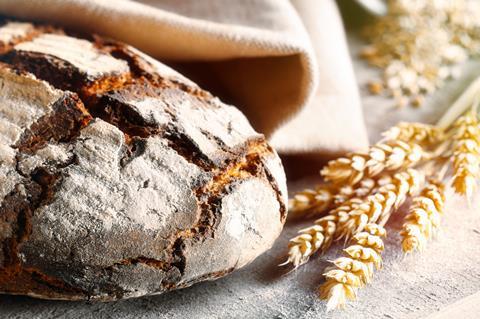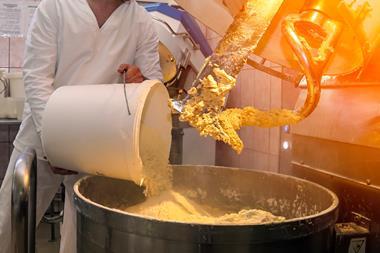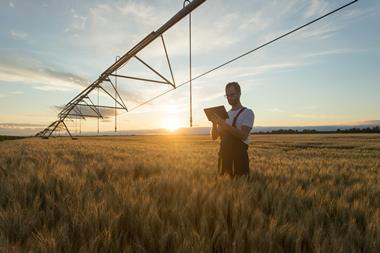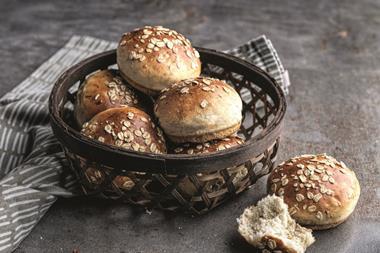
Following a recent headline-making report from Pesticide Action Network UK on pesticide levels in food, Alex Waugh, director of UK Flour Millers, writes about the work done to ensure supply chain safety
UK flour millers have for many years been managing supply chains to minimise pesticide concerns in relation to wheat and products that are made from it.

An annual monitoring programme, covering the whole industry, surveys wheat samples as they enter flour mills for the presence of pesticide residues and a range of other possible contaminants.
This survey complements the work undertaken by government on a range of foodstuffs including wheat, flour and bread.
For both surveys it is extremely rare that there is any breach of the maximum residue level (MRL), which is itself set a long way below the limit that would be of concern from a health perspective.
Furthermore, UK growers carefully record any pesticide use on their fields as part of their assurance protocols. Use of pesticides on stored grain has been in steady decline. Storage conditions have improved and are audited every year. Grain is carefully dried and kept cool after harvest, reducing the likelihood of any insect infestation.
Over time, the number of substances sought in surveys has expanded, and the level of detection has improved.
Over time, the number of substances sought in surveys has expanded, and the level of detection has improved. Therefore, even if nothing changed, the incidence of residues, the number of samples containing more than one residue would appear to rise. Since 2019, for example, the reporting limit for glyphosate has been reduced to half its previous level.
These adjustments contributed to the apparent increase in samples with multiple residues, which was recently highlighted by PAN.
Importantly, these were nearly all at, or very close to, the improved level of detection. Some residues found at these low levels are not what might normally be considered agricultural pesticides, but detergents and sanitisers that are commonly used on food surfaces.
What we have is a situation that is very much under control. The government assesses the safety of the chemicals under consideration, and establishes MRLs that are usually two orders of magnitude (ie 100 times) lower than a point at which there would be food safety concerns. It also checks for possible interaction between different chemicals, which would be extremely unlikely at the very low levels being found.
The industry has its own system of checks; farmers and grain stores are subject to an annual audit. As a result, none of the samples tested in the wheat chain give rise to food safety concerns, and the levels of residue being found is static or in decline.
































No comments yet